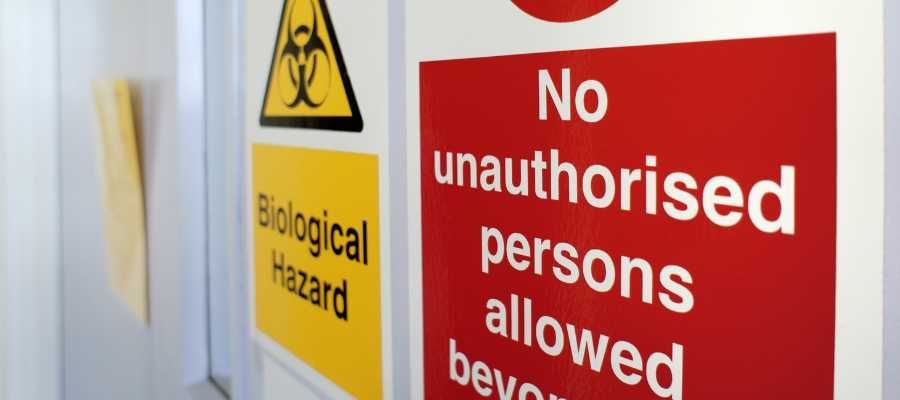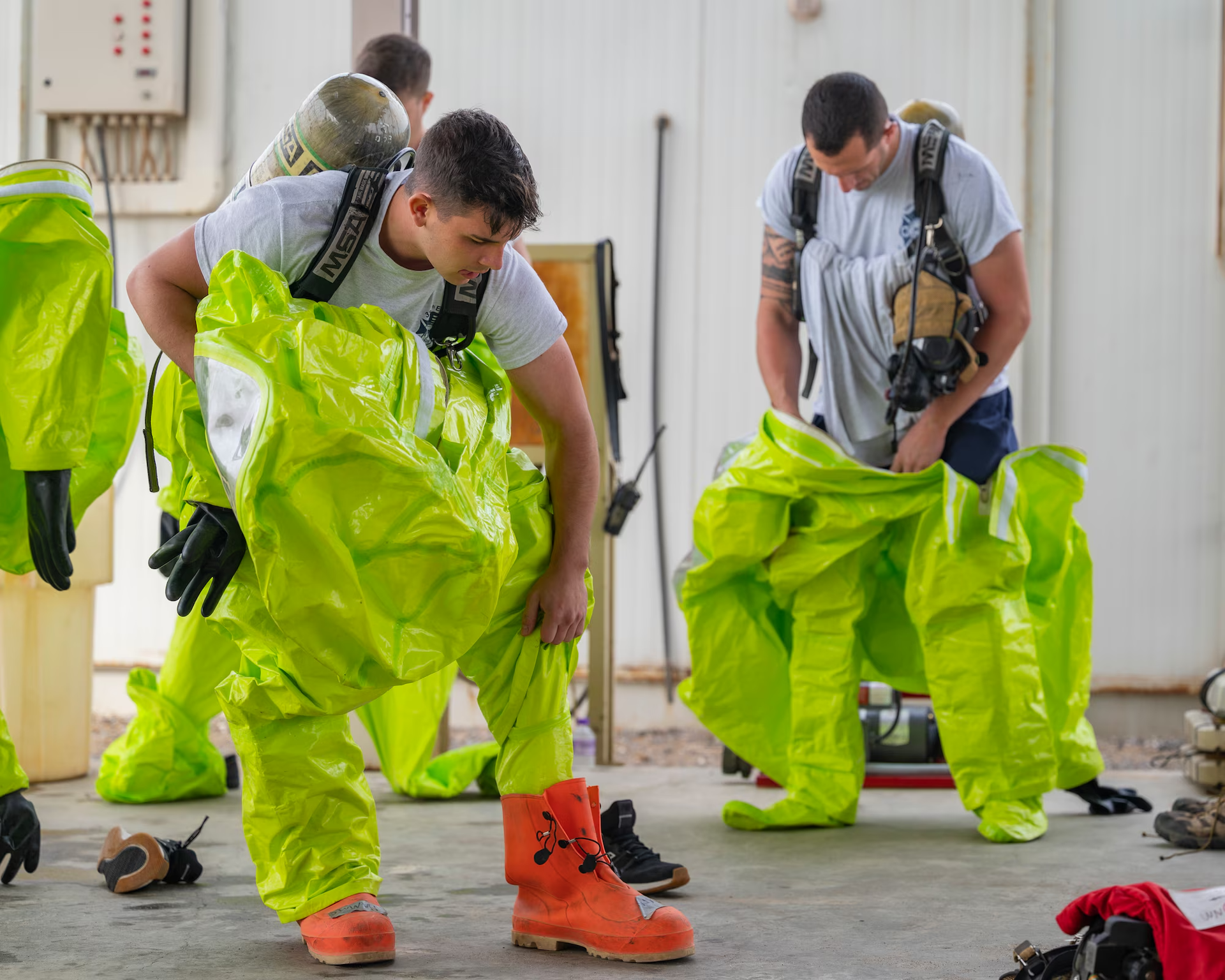What You Need to Know

Bio-Hazards in the Workplace: What You Need to Know
The safety of your employees and customers should always be a top priority. One of the most common hazards in a workplace are bio-hazards, which can occur due to exposure to harmful bacteria, viruses, or other hazardous material. It’s important that employers are aware of the dangers posed by bio-hazards and take the necessary steps to reduce their risk.
Understanding Bio-Hazards in the Workplace
Bio-hazards can be anything from airborne pathogens, chemical toxins, radioactive substances, and more. These materials pose a serious threat to anyone who comes into contact with them, as they can cause serious physical harm or even death if not handled properly. It’s important for employers to understand how these materials can spread and what precautions need to be taken in order to prevent any potential risks.
Prevention Strategies for Bio-Hazards in the Workplace
The best way to protect your employees and customers from bio-hazardous materials is through prevention. Employers should ensure that all areas of their workplace are clean and free of any hazardous material before allowing people inside. This includes conducting regular inspections of all areas where hazardous materials may be present, such as cleaning supplies storage rooms or waste disposal sites. Additionally, employers should make sure that all employees are trained on proper safety protocols when handling hazardous materials so that they know how to safely dispose of them if needed.
It’s important for employers to recognize the danger posed by bio-hazards in the workplace and take measures to ensure that these materials do not pose a risk to their employees or customers. By regularly inspecting their work environment for potential hazards and training their staff on proper safety protocols when handling dangerous materials, employers can help protect everyone around them from any potential risks associated with bio-hazards in the workplace. As an employer, it’s your responsibility to ensure everyone’s safety — so make sure you stay informed about bio-hazardous risks!










